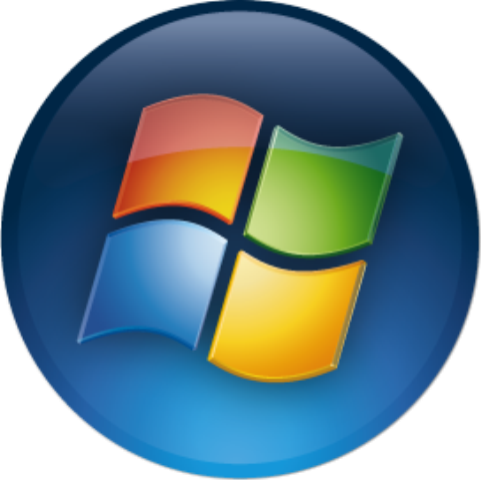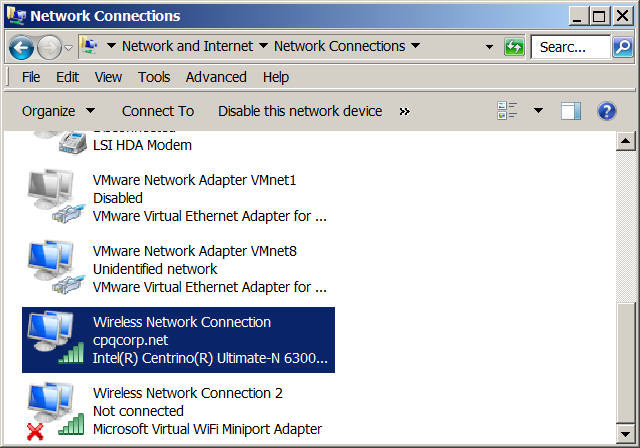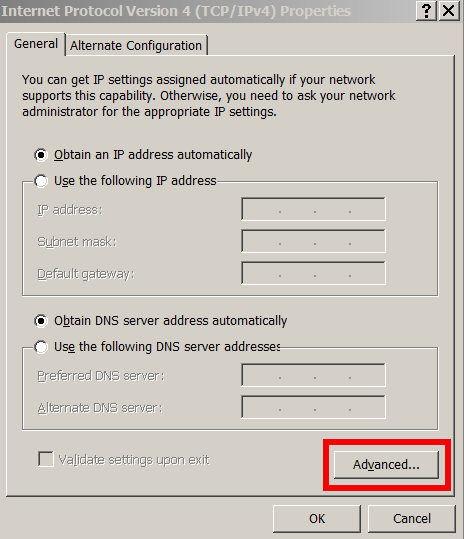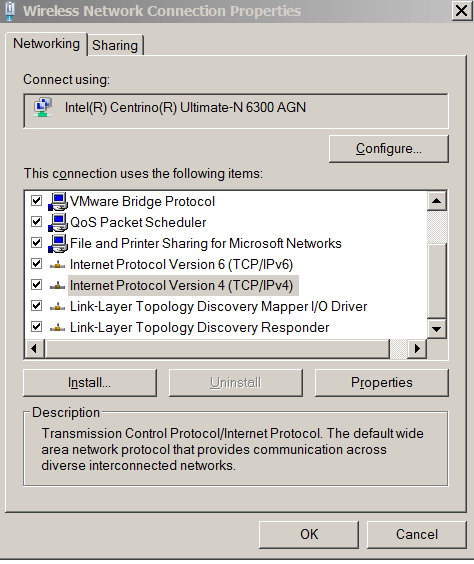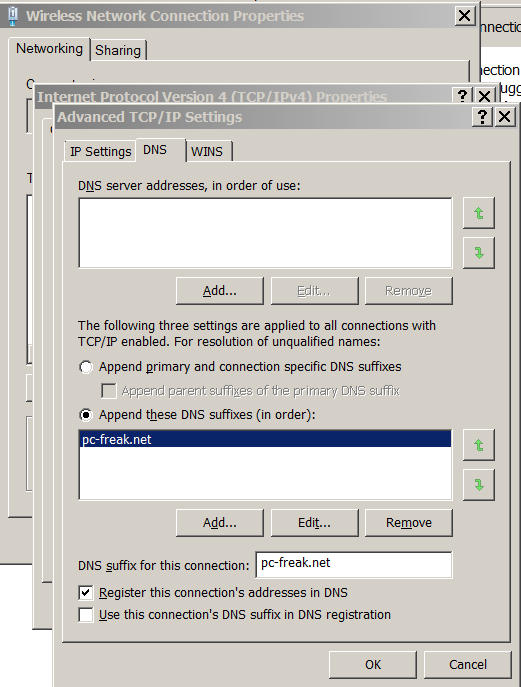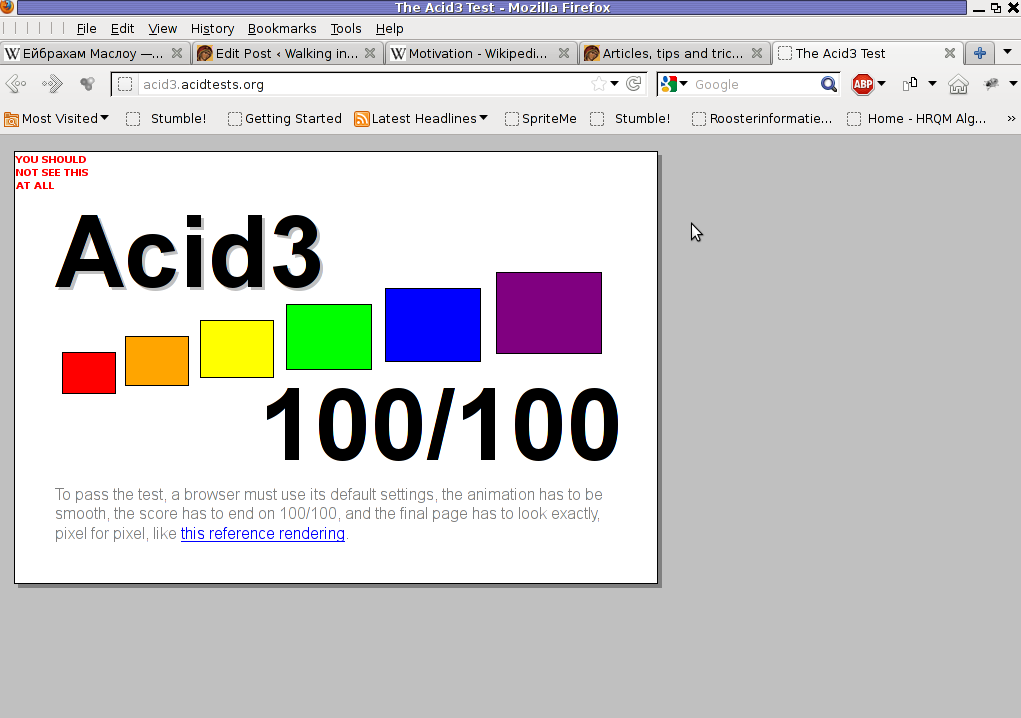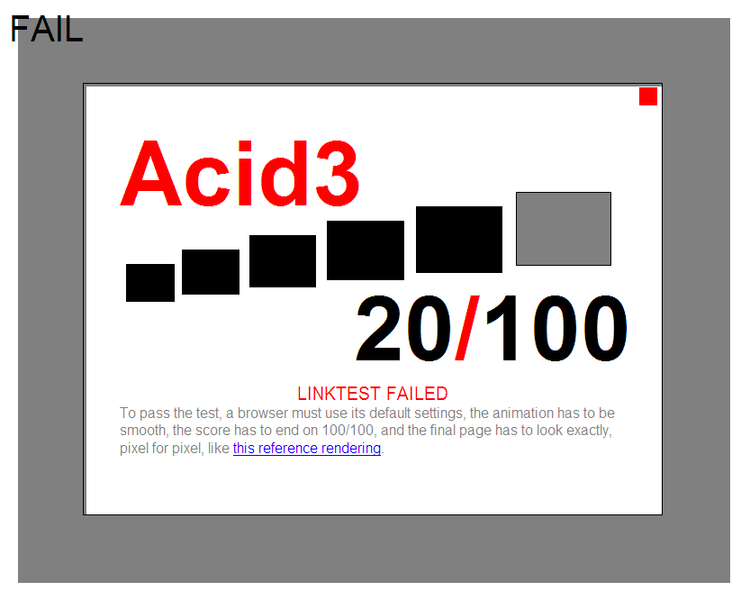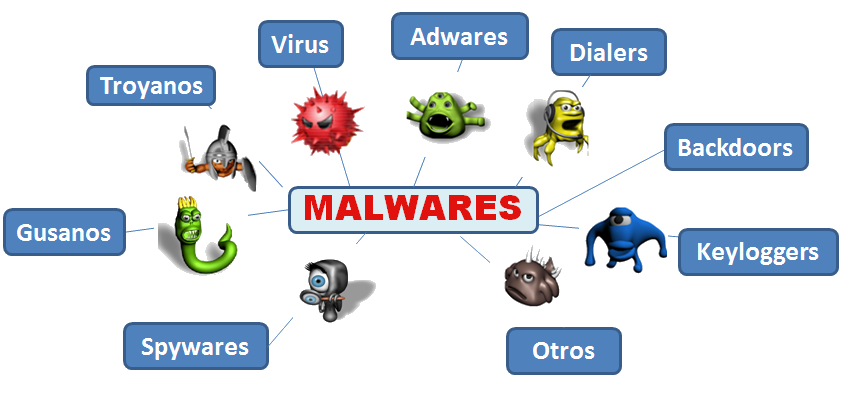
Malware Bytes is a great tool to clean a PC in a quick and efficient way from Malware / Spyware that wormed while browsing infectious site on the internet.
But sometimes PCs that has to be fixed are so badly infected with Spyware, Malware and Viruses that even after running Malware Bytes on boot time, left Work or Viruses do automatically download from the Internet or have been polymorphically renamed to a newer one that escapes Malware Bytes badware database and heroistics.
Such problematic PCs are usually unmaintained user PCs whose Anti-Virus procetion with Nod32 or Kaspersky licensing has long expired leaving the PC without any mean of protection / PCs with removed Firewall / AV Program (due to Virus or Malware Infection) or on Computers which were used actively to download Cracked Programs, Games – by small kids or PCs used for watching heavily Porn (by teenagers).
Here is a List of Top Iseful FreeWare anti-Malware softwares, you can use in combination with MalwareBytes to (Clean) / Fix a Windows PC that is in almost unsolvable state (and obviously needs re-install) but contains too much software either obsolete or hard (time wasting) to configure:
Below anti-malware goodies helps in “Resurrecting” even the worst infected PC, so I believe every Win Admin should know them well and in computer clubs and university Windows computer networks with Internet it is recommended to check computers at least once a year …
1. Remove Bootkits and Trojans with Kaspersky TDSSKiller
Bootkit is a rootkit which loads when Windows system boots. To search and destroy bootkits – Download the latest official version of Kaspersky TDSSKiller.
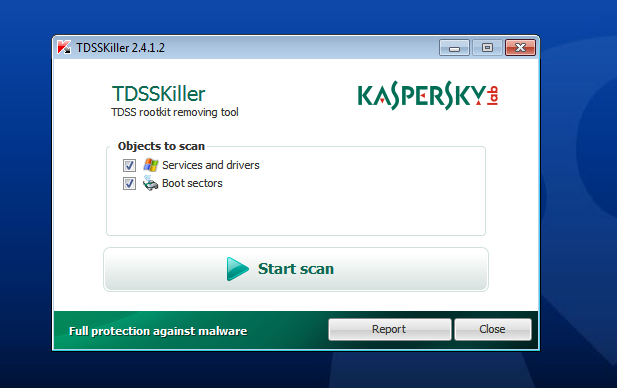
KASPERSKY TDSSKILLER DOWNLOAD LINK Run Kaspersky (after changing parameters – enable Detect TDLFS file system) and remove any found infections
2. Download and use latest official version of RKill to terminate any malicious processes running in background
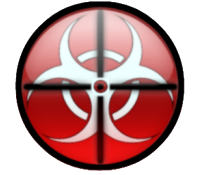
Please note that you will have to rename version of RKILL so that malicious software won’t block this utility from running. (link will automatically download RKILL renamed as iExplore.exe)
Double click on iExplore.exe to start RKill and stop any processes associated with Luhe.Sirefef.A.
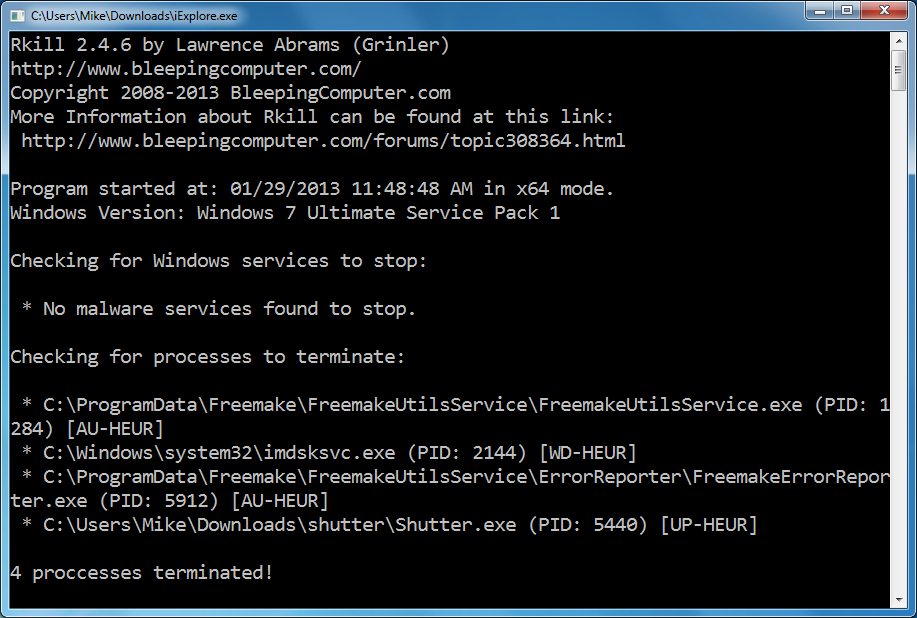
RKill will now start working in the background, please be patient while the program looks for any malicious process and tries to end them.
When the Rkill utility has completed its task, it will generate a log.
Do not reboot your computer after running RKill as the malware programs will start again.
When the Rkill utility has completed its task, it will generate a log. Do not reboot computer after running RKill as the malware programs will start again.
3. Clean (any remaining) malware from your computer with HitmanPro
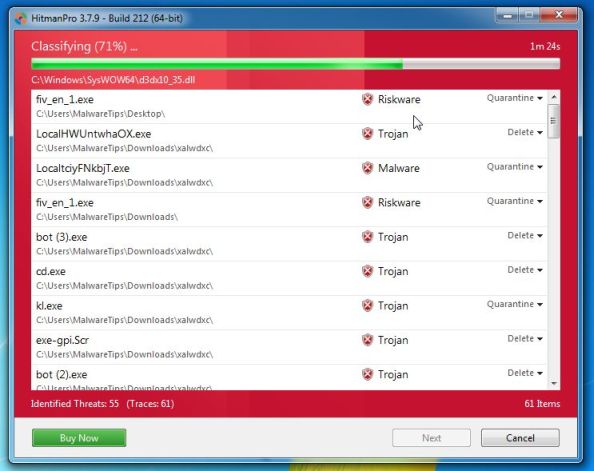
HITMANPRO DOWNLOAD LINK is here
My Mirror of HitmanPro 3.7 (32 bit) Windows version is here
My Mirror of HitmanPro 3.7 (64 bit) Windows version is here
Because HitmanPro is unfortunately proprietary software, when you run a scan on the computer “Activate free license” button to begin the free 30 days trial, and remove all the malicious files found on your computer.
4. Remove Windows adware with AdwCleaner
The AdwCleaner utility will scan your computer and web browser for the malicious files, browser extensions and registry keys, that may have been installed on your computer without your knowledge.
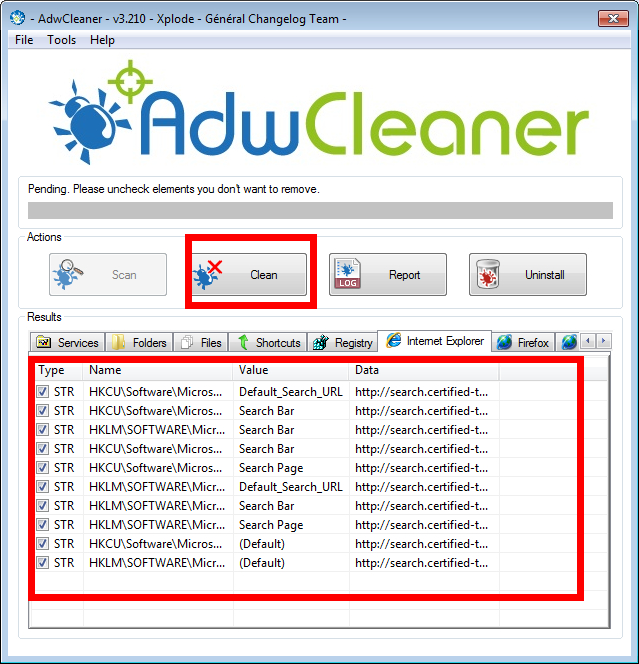
Here isAdwCleaner utility ADWCLEANER DOWNLOAD LINK
My Download AdwCleaner 4.109 is here
Note that before starting AdwCleaner, close all open programs and internet browsers. After finishing scan AdwCleaner requires a reboot (always backup cause you never know what can happen).
5. Remove any malicious registry keys added by malware with RogueKiller
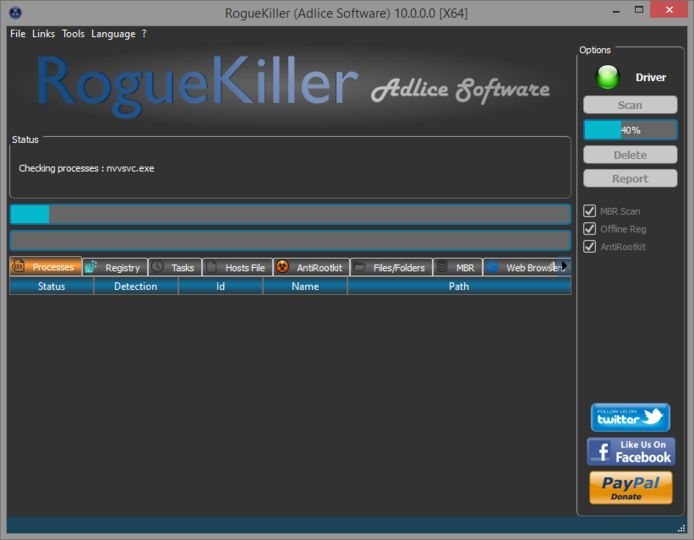
RogueKiller is a utility that will scan for the unwanted registry keys and any other malicious files on your computer. It is pretty much like the free software Little Registry Cleaner but it is specialised in removing common malware left junk keys.
download the latest official version of RogueKiller from the below links.
ROGUEKILLER x86 DOWNLOAD LINK (For 32-bit machines)
ROGUEKILLER x64 DOWNLOAD LINK (For 64-bit machines)
Download Mirror link of Roguekiller X86 is here
Download Mirror link of Roguekiller X64 is here
Wait for the Prescan to complete.This should take only a few seconds, then click on the “Scan” button to perform a system scan. After scan complete delete any found hax0r malicious registries
6. Purge any leftover infections on your computer with Emsisoft Anti-Malware
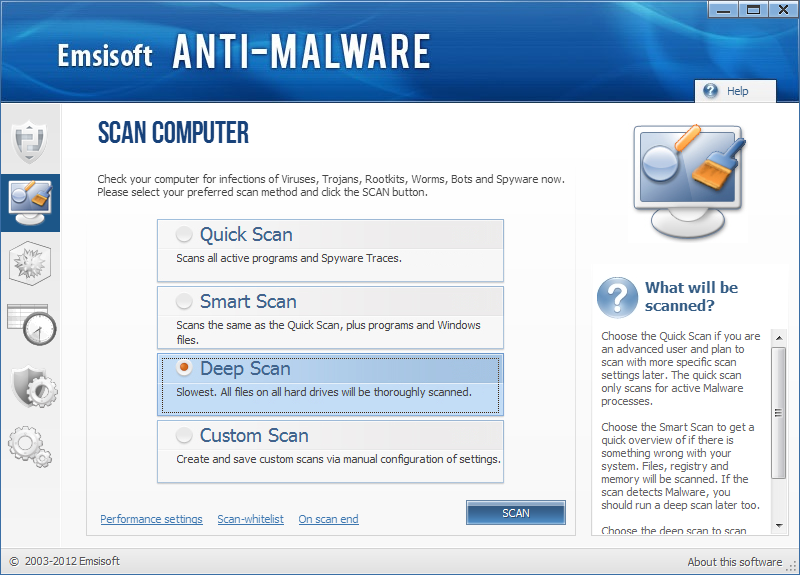
Emsisoft scan (potentially) infected PC for Viruses, Trojans, Spyware, Adware, Worms, Dialers, Keyloggers and other badware.
DOWNLOAD EMSISOFT EMERGENCY KIT HERE – The link will open in new window tab. Note that EmsiSoftEmergencyKit is huge 168 Mbs!
My mirror of EmsiSoft Emergency kit is here
It is recommended to do the SMART Scan as it is more complete, though if you're in a hurry Quick Scan might also find something ugly. Once Scan completes Quarantine any found infected items.
It is best if all of the 7 Win cleaners are run, e.g.:
(TDSSKiller, RKill, HitmanPro, AdwCleaner, RogueKiller, Little Registry Cleaner and EmsiSoft) in a consequential order as they're shown in article). Finally a run of Malware Bytes just to make sure nothing has remained is a good idea too.
Hopefully now you should be malware free. If you know other useful Anti-Spyware tools that helped you in case of PC Malware Slowness problems (constant Hard Disk read writes), please drop a comment and I will include them in this list).
Once badware is removed from your PC or laptop the CPU should no longer show constantly busy with some strange process in taskmgr and notebook should be much more responsive (and if you have power management enabled) it will consume less energy reducing your electricity bills 🙂
Any feedback on experience with running above bunch of anti spy programs is also mostly welcome.
